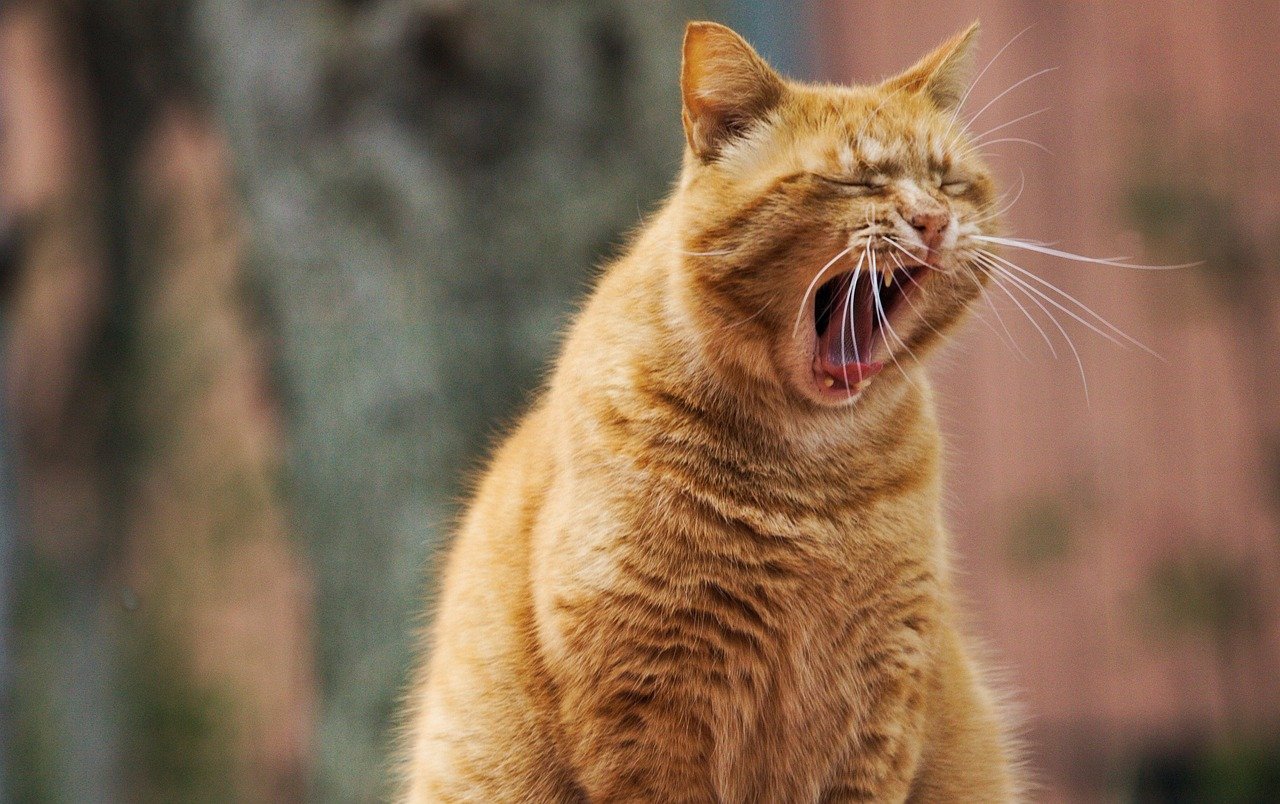If you’ve ever noticed that most orange cats seem to be male, you’re not imagining things—and now, scientists finally understand why.
In two groundbreaking studies published May 15 in Current Biology, research teams from Stanford University and Kyushu University have identified a specific genetic mutation that explains both the distinctive orange coats of some domestic cats and the reason so many of them are male.
The X-Factor Behind That Fiery Fur

It all comes down to the X chromosome, the thread-like structure of DNA that carries inherited traits. In cats (and humans), males have one X and one Y chromosome, while females have two X chromosomes. The newly discovered mutation only needs to appear on a male cat’s single X chromosome for him to be fully orange.
A female cat would need the mutation on both X chromosomes to be completely ginger—something that’s far less common. If the female cat carries one mutated X chromosome there is a chance she will have patches of orange, as you see in calico cats and they are generally female.
“It’s a genetic exception that was noticed over a hundred years ago,” said Dr. Christopher Kaelin, a senior scientist at Stanford and lead author of one of the studies. “It’s really that comparative genetic puzzle that motivated our interest in sex-linked orange.”
Meet the Gene Behind the Color: ARHGAP36

Both the U.S. and Japanese teams discovered that the orange coat color is linked to a mutation in a gene called ARHGAP36. In orange cats, this mutation deletes a section of DNA, boosting the activity of this gene on the X chromosome. ARHGAP36 appears to influence pigment production by tipping the scales toward pheomelanin — the substance responsible for yellow, red, and orange fur.
This helps explain why cats with this mutation end up looking like walking sunbeams. And in the case of calico and tortoiseshell cats — which show patches of orange alongside black and white — researchers found that ARHGAP36 was more active in the orange areas. These cats typically inherit just one X chromosome with the mutation, resulting in their striking coats — and confirming why most of them are female.
A “Meow-tation” Worth the Wait
The Kyushu University team raised over $70,000 through crowdfunding to support their work—something Sasaki, a self-described cat lover, called “a longtime dream come true.”
Mammals get their colors from two types of melanin: eumelanin (which produces darker shades like black and brown) and pheomelanin (which creates lighter colors like yellow and red). In orange cats, the active ARHGAP36 gene appears to shift the balance toward pheomelanin, resulting in their signature hue.
Some cat owners even claim ginger cats have “goofy” or “chaotic” personalities — which Stanford researchers say may have more to do with the fact that most are male. Still, they haven’t ruled out that the ARHGAP36 gene might play a role in behavior, too.
Why It Matters

Beyond solving a long-standing feline mystery, the research helps expand our understanding of genetics, inheritance, and pigmentation. It also highlights how sex-linked traits can shape the physical appearance of animals in ways that aren’t always obvious.
So next time you spot a marmalade-colored cat snoozing in a sunbeam, you’ll know: he’s probably a boy—and he owes that fiery coat to a very specific genetic twist.






